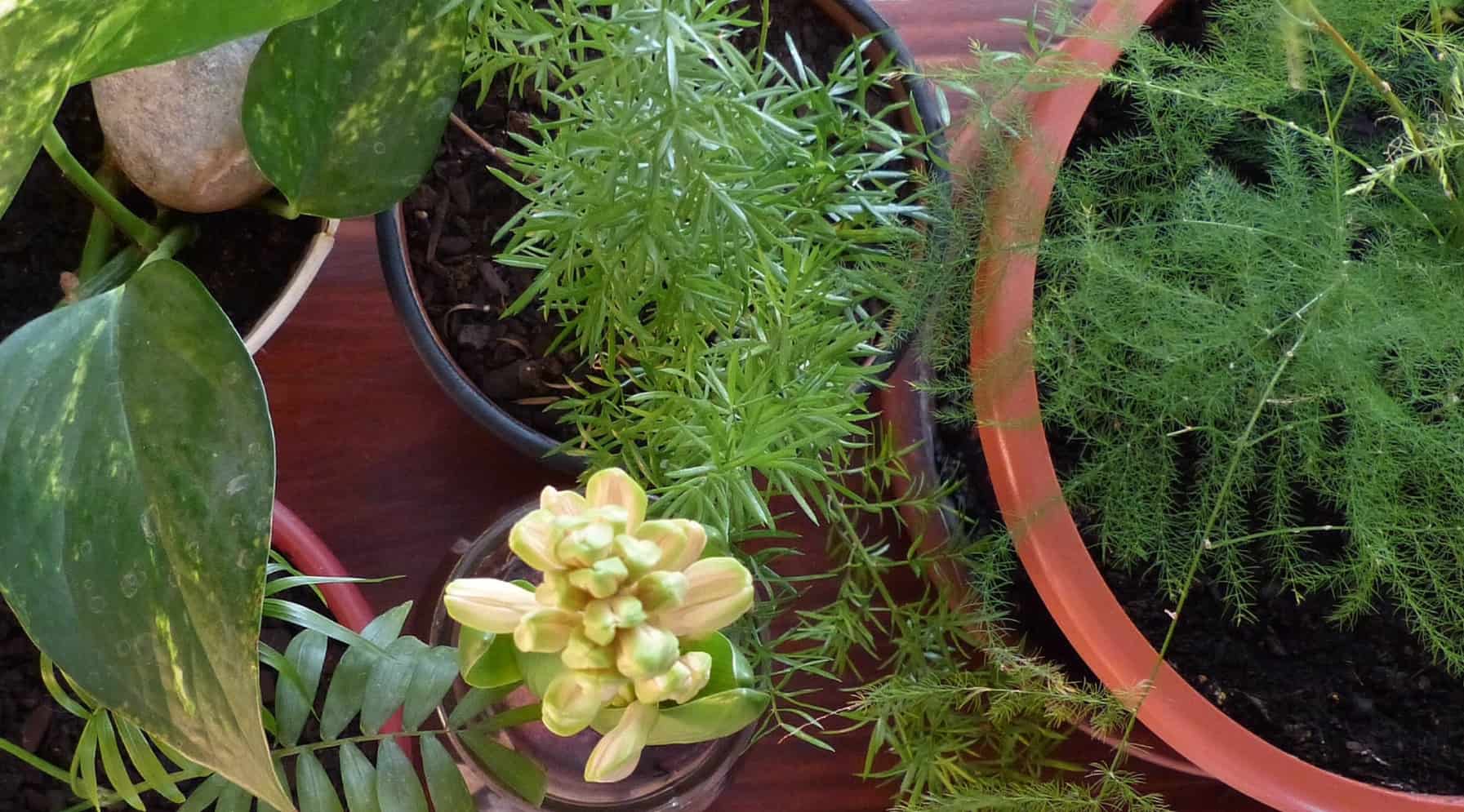
Taking care of another living thing can be a daunting task—and that includes houseplant care. Of course, houseplant care isn’t nearly as complicated as caring for a baby, a puppy or a kitten. But, especially for beginners, caring for houseplants can sometimes be challenging. Fortunately, the 7 essential houseplant care tips presented here are easy to follow. And these tips will help you to understand the basics of keeping houseplants alive and well.
There are three basic needs of any plant: light, water and environment (temperature and humidity). The houseplant care tips below will help you understand how to provide the right conditions for the beautiful plants you bring into your home.
Houseplant Care Tips: #1 Check the Light
Most commonly grown garden plants like to grow in full sun. But most houseplants tend to thrive in partial sun, bright light or low light. So, the first thing you need to know is how much light you have to offer a plant.
Determine which direction your windows face. Is it east, west, north, or south? Many people are unaware of their home’s orientation, but it makes a huge difference when you are deciding what kinds of plants will work best in your light conditions. In fact, the amount of light a plant receives is typically the defining factor of whether it thrives or merely survives.
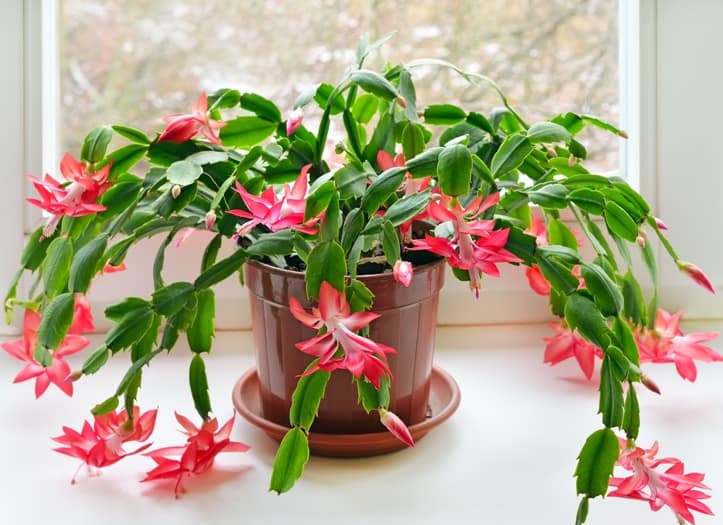
East and west windows offer a medium to bright light, south windows bright light or full sun and the north is considered low light. Also take into consideration if there are obstructions such as trees, large shrubs, awnings or adjacent buildings that reduce the light.
Houseplant Care Tips: #2 Do Your Homework
Check the tag that comes with your plant. The tag will list the name of the plant, and it should also describe the light conditions the plant prefers. You can also do some quick online research to determine the optimal growing conditions for the plant.
Match the light in the room to the plant’s light requirements, and you are one your way to a happy houseplant.
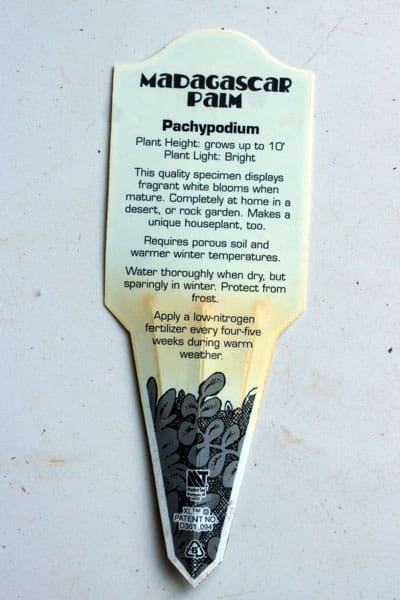
Houseplant Care Tips: #3 Pick the Right Container
Once you have matched the lighting conditions in your room to the lighting requirements of the plant, it’s time to make your plant at home. By that I mean—at home in the right container.
Plants can literally grow in any kind of container—as long as it has a drainage hole. Without a drainage hole in the container, plants can easily get waterlogged. And too many houseplants die from overwatering.
Houseplant Care Tips: #4 Don’t Water on a Schedule
The next houseplant care tip gets us into watering. Do not water your plant on a schedule. Instead, I suggest checking them regularly, but watering them only when needed.

The best way to tell if your plant needs water is to stick your finger into the potting medium. If it is a larger container, use a dowel, carefully inserting it all the way to the bottom. Leave it there for a few minutes and then remove it. If the end of the stick is dry, water the plant.

Houseplant Care Tips: #5 Water Thoroughly
When watering a plant, always add water until it runs out of the drainage hole. This ensures that the entire root ball gets moistened. Plus, as the water descends through the container, oxygen is being drawn into the potting soil. If there is no drainage, you risk over-watering the plant, which is a major cause of plant death.
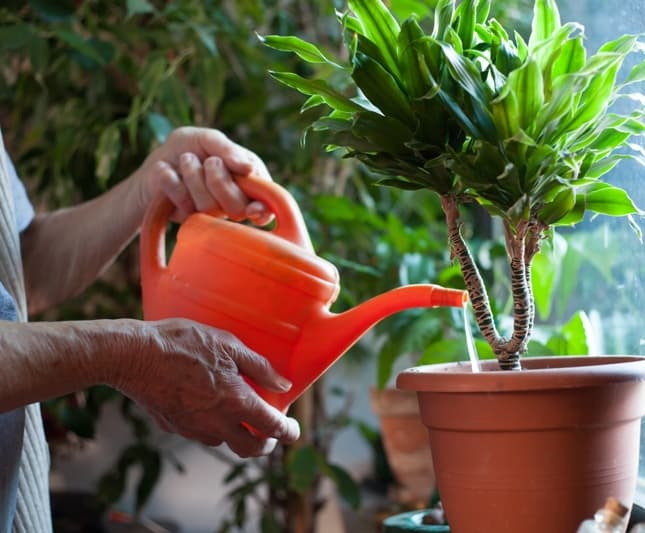
Houseplant Care Tips: #6 Add Some Humidity
Many tropical plants are native to warm, tropical areas. The indoor air temperature is conducive to plant growth, but the dryness of indoor air is not. This is especially true in the winter when your furnace heats (and also dries out) the air.
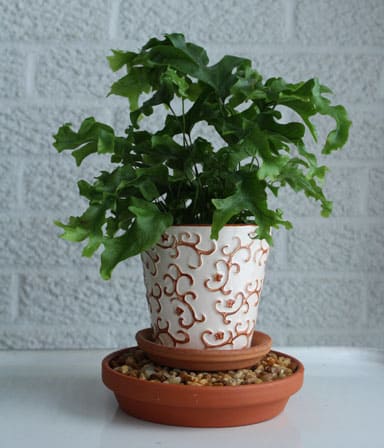
Raising the humidity around your plants is helpful for tropical plants. This can be accomplished by setting your plant on a large saucer of pebbles filled with water. As the water evaporates, it adds humidity to the immediate vicinity of the plant.

Houseplant Care Tips: #7 Turn, Turn, Turn
No matter what the light exposure is, your plants may lean toward the light source. Every time you water your plants, give them a ¼ turn to keep their growth symmetrical. In the case of flowering plants, such as holiday cactus, turning them will help to promote flowering on all sides of the plant.
Final Thoughts
Everyone can have a green thumb. As you can see from the houseplant care tips in this story, it all boils down to paying attention to your plant and what it is trying to tell you.
Wilting usually means a plant needs water. A leaning plant or a flowering plant that isn’t producing blooms regularly indicates that the plant needs to be closer to the light source.
Providing the right amount of water, light and attention are all that is needed to grow healthy thriving plants. And a happy plant is a wonderful way to beautify your home.
Speaking of happy houseplants, it also helps to select the right plants to begin with. Here are Six Easy-to-Grow Houseplants that will help get you started. And if your plants should ever get infested with fungus gnats, Kill Fungus Gnats Naturally with BTI will come in handy.
Happy growing! And if you’d like to learn more about houseplants, please visit my website at TheHouseplantGuru.com.



Leave a Reply